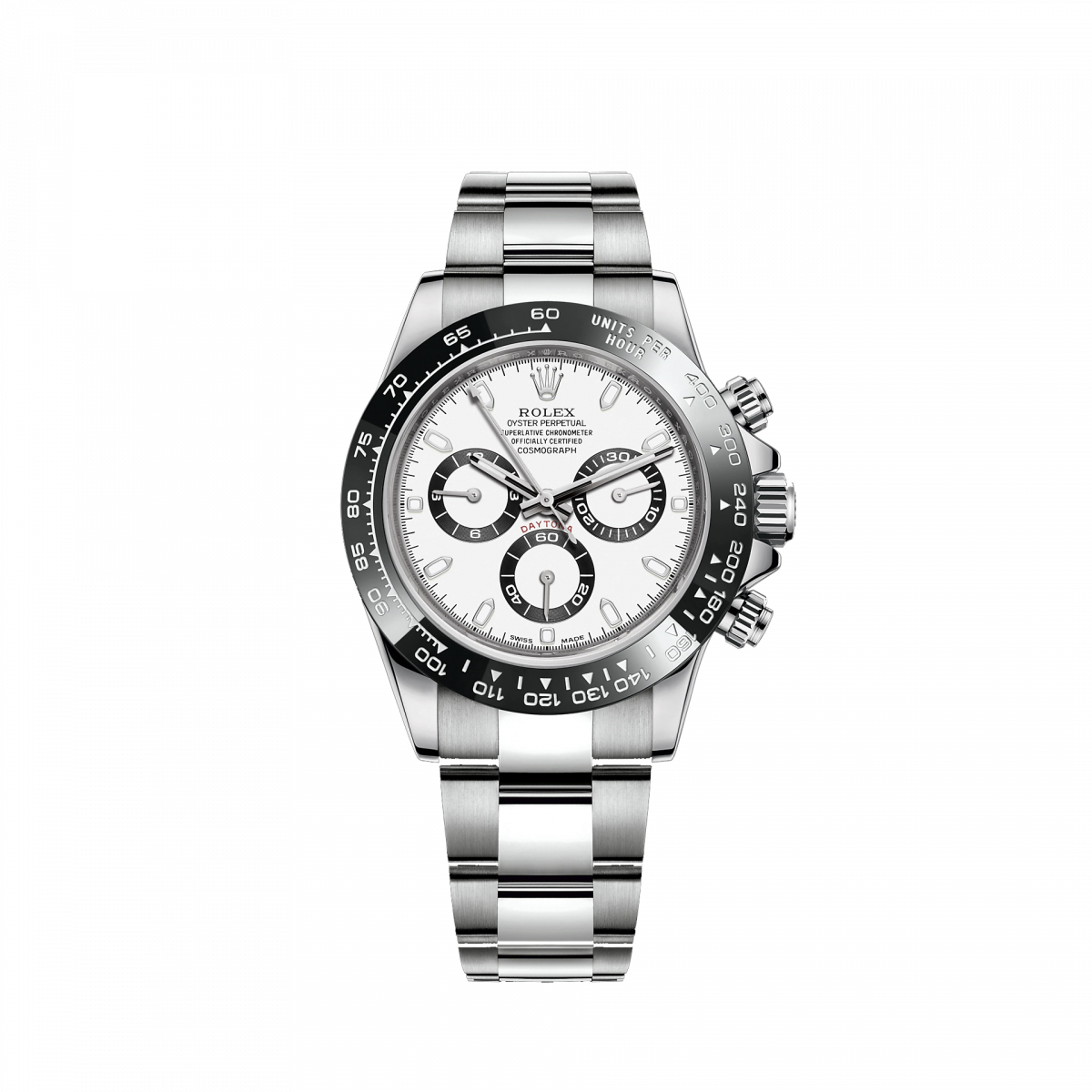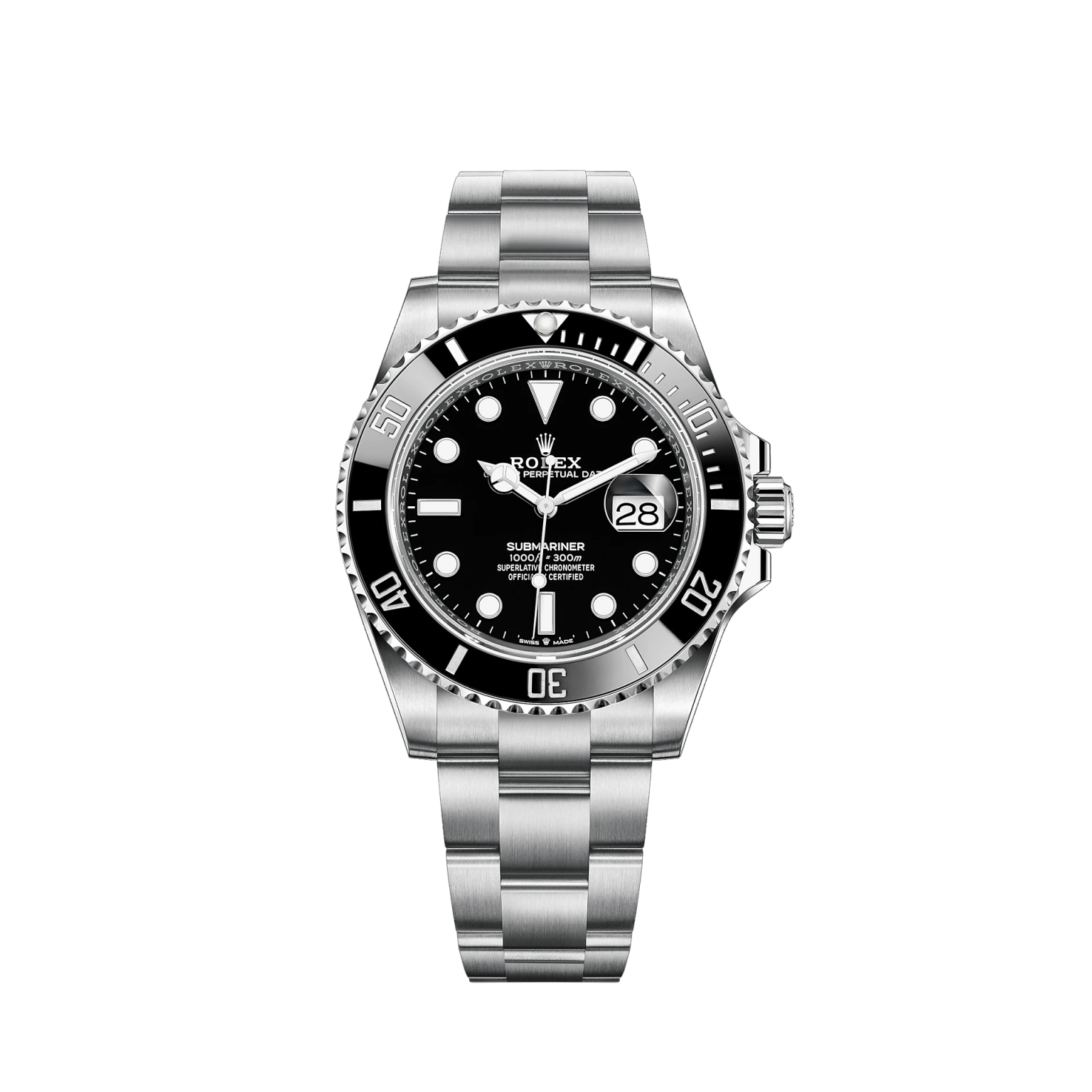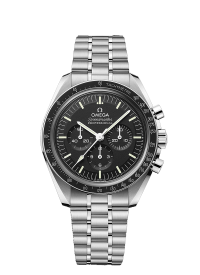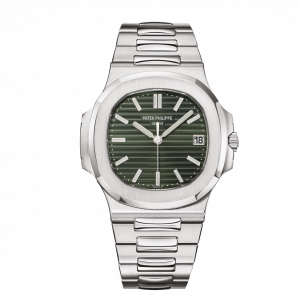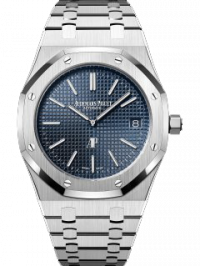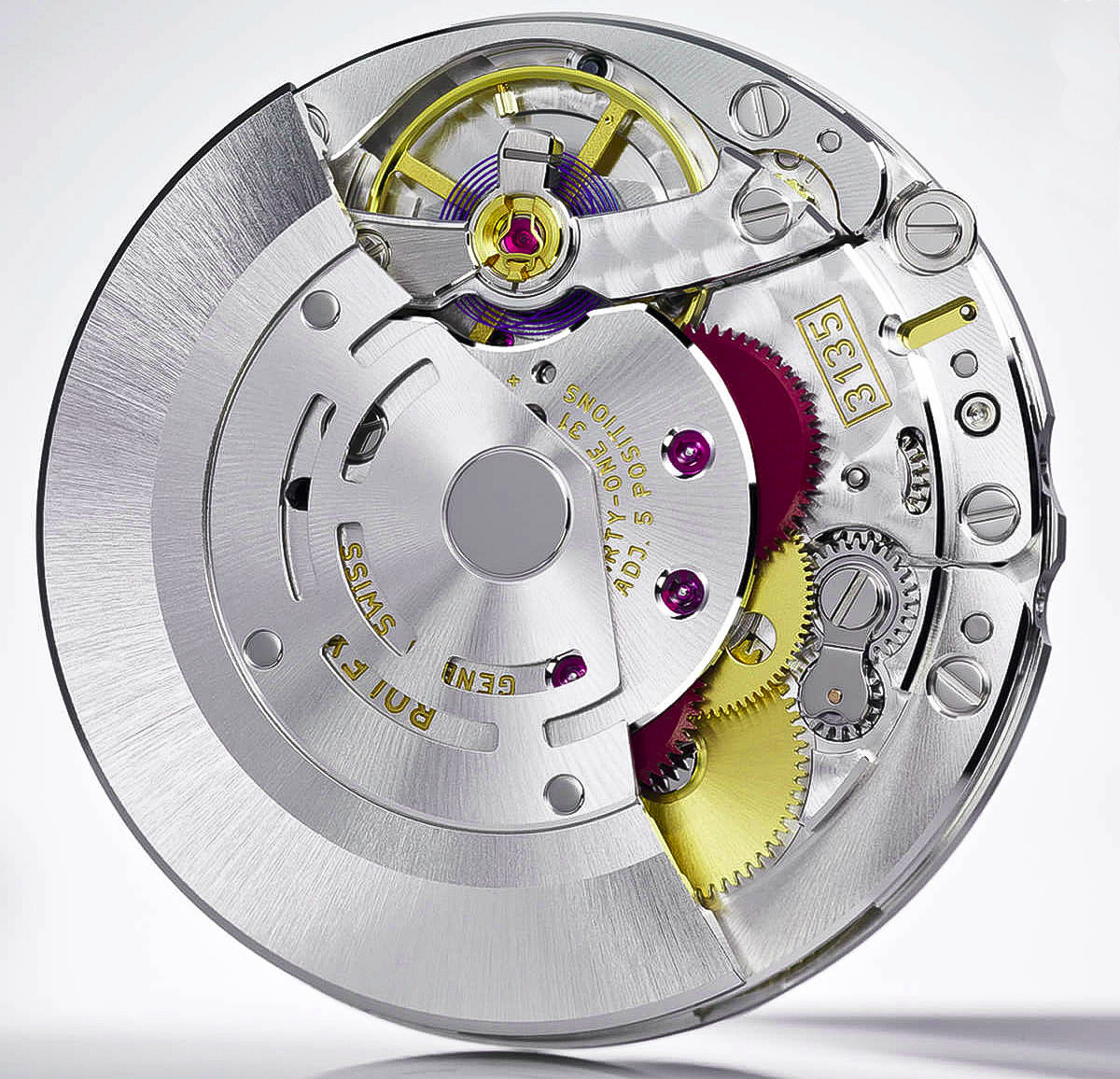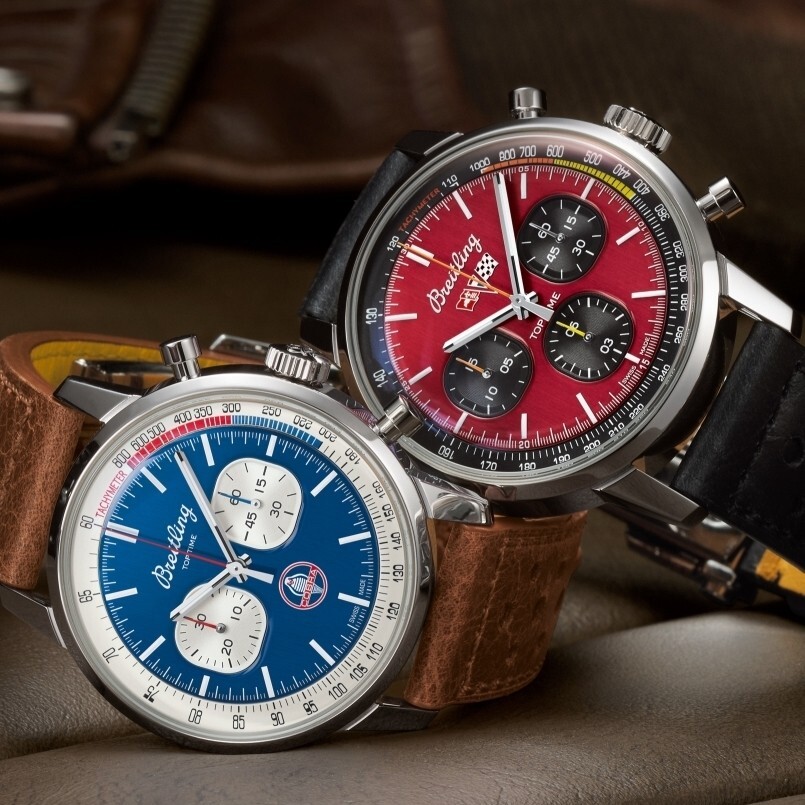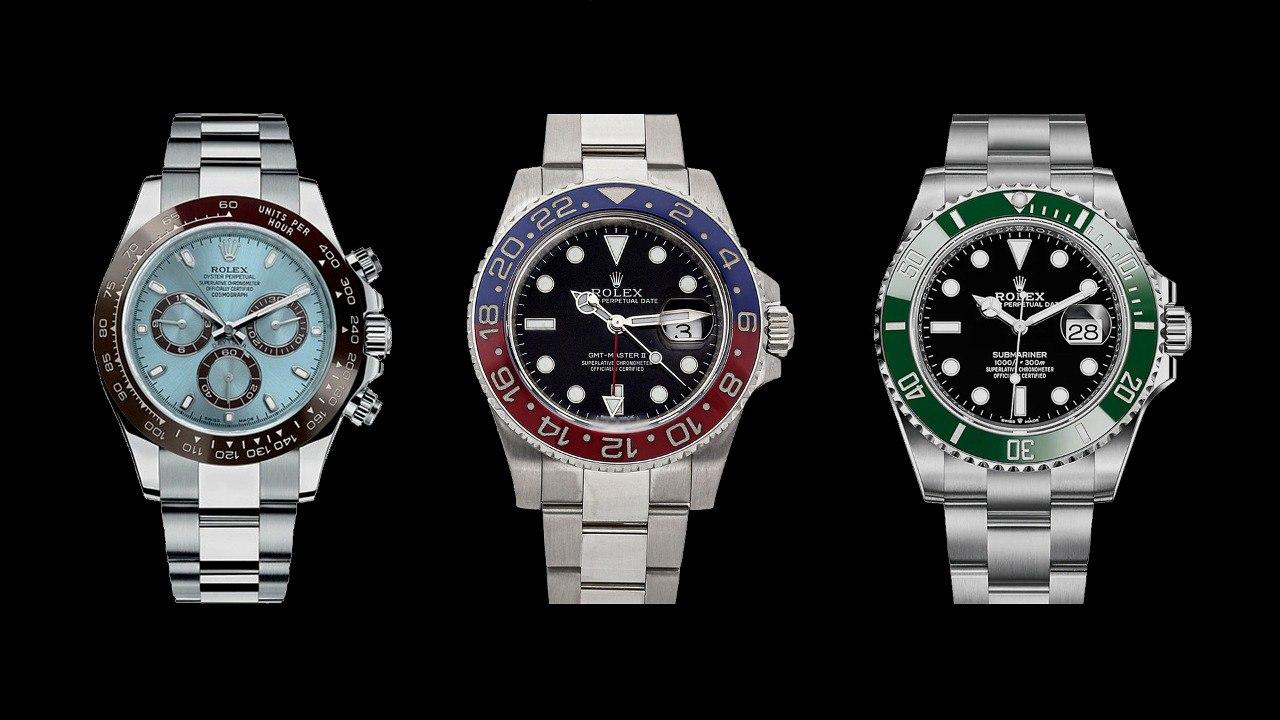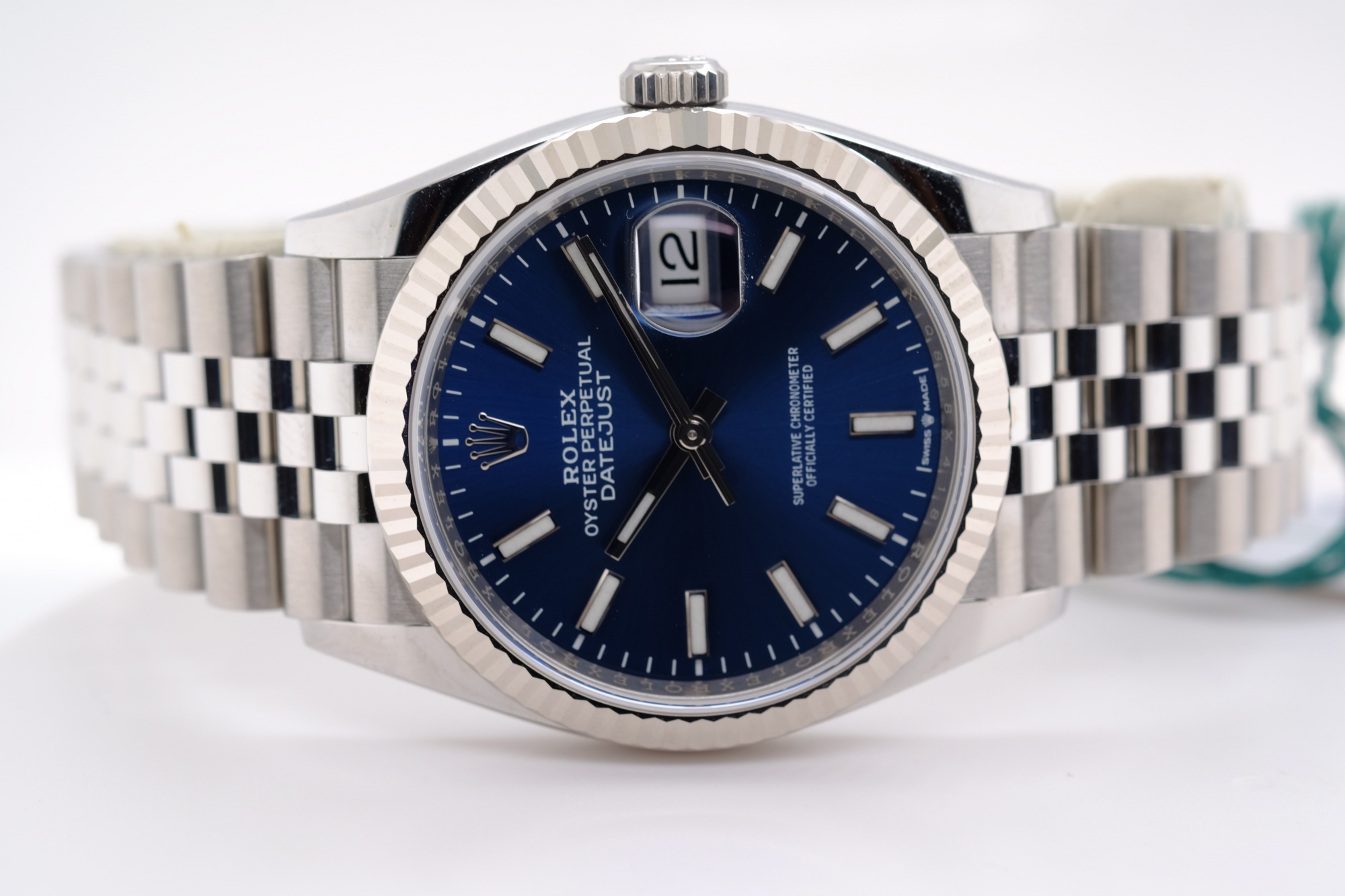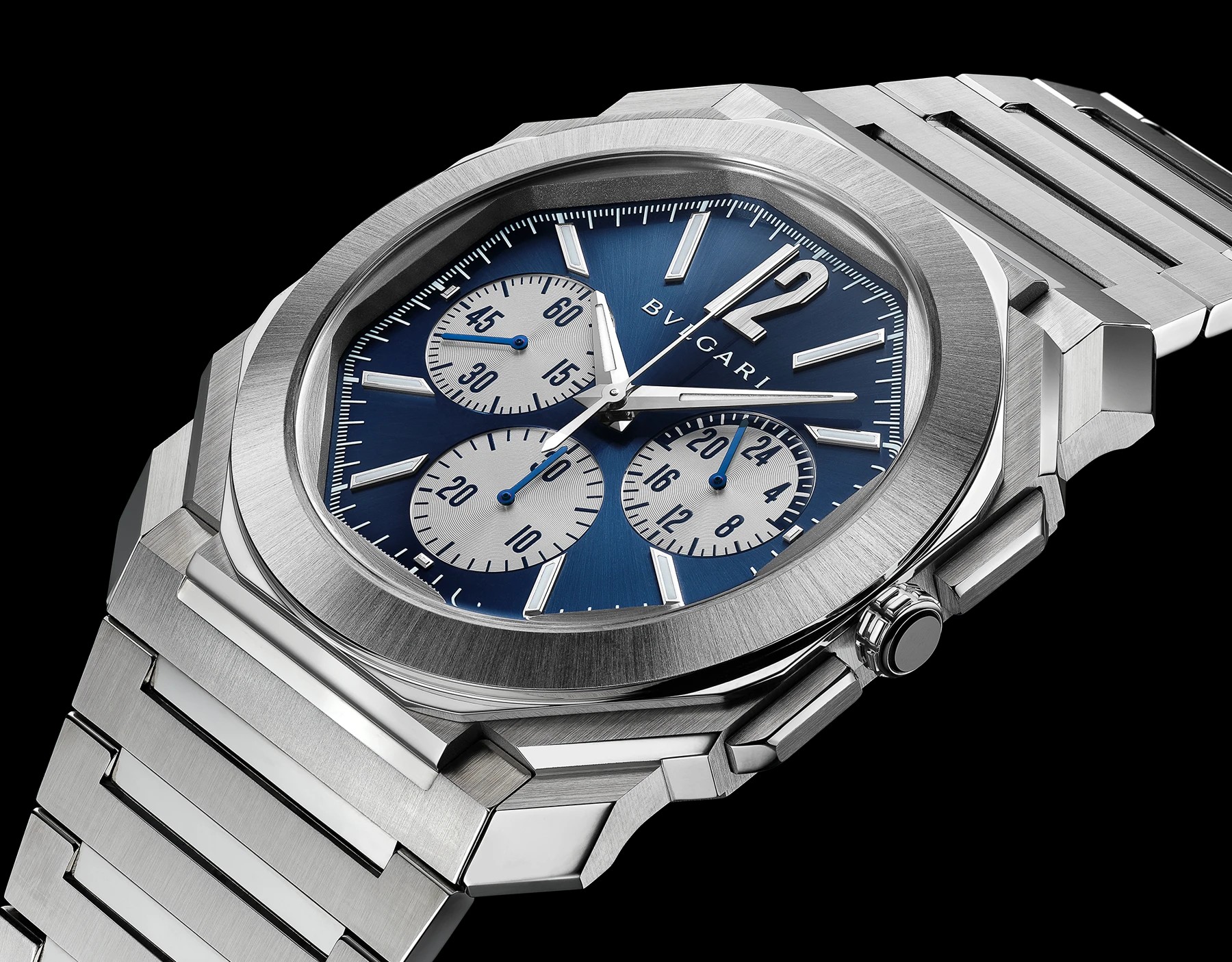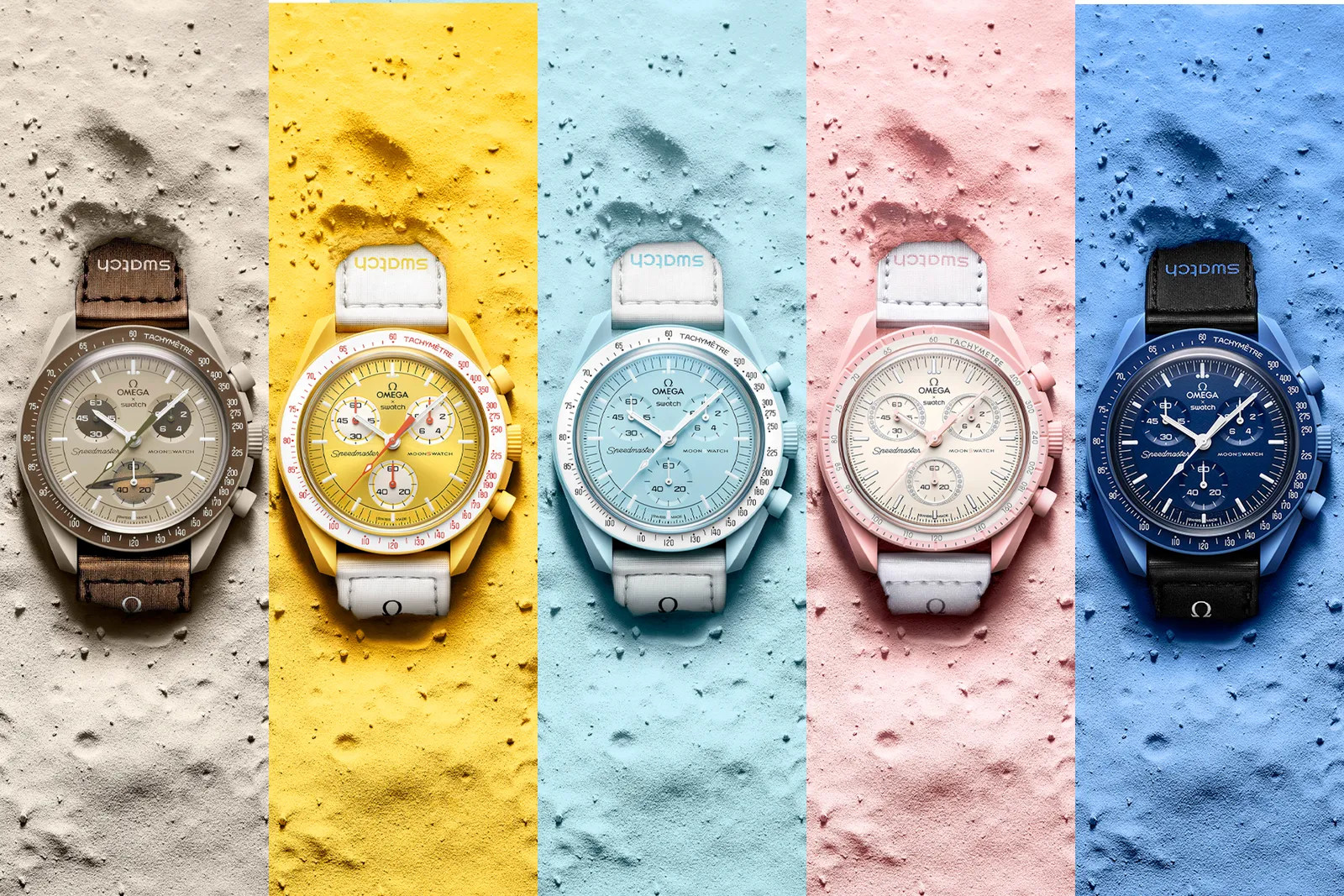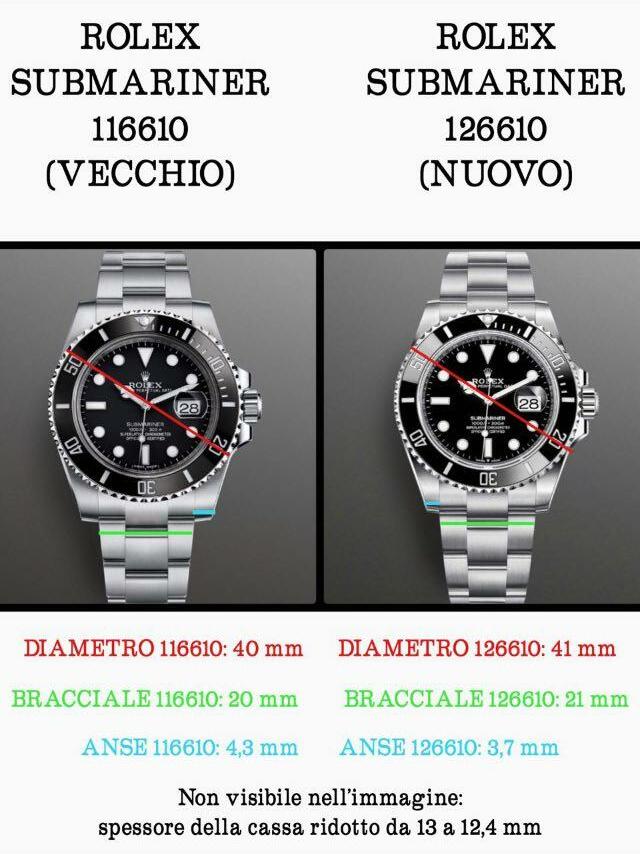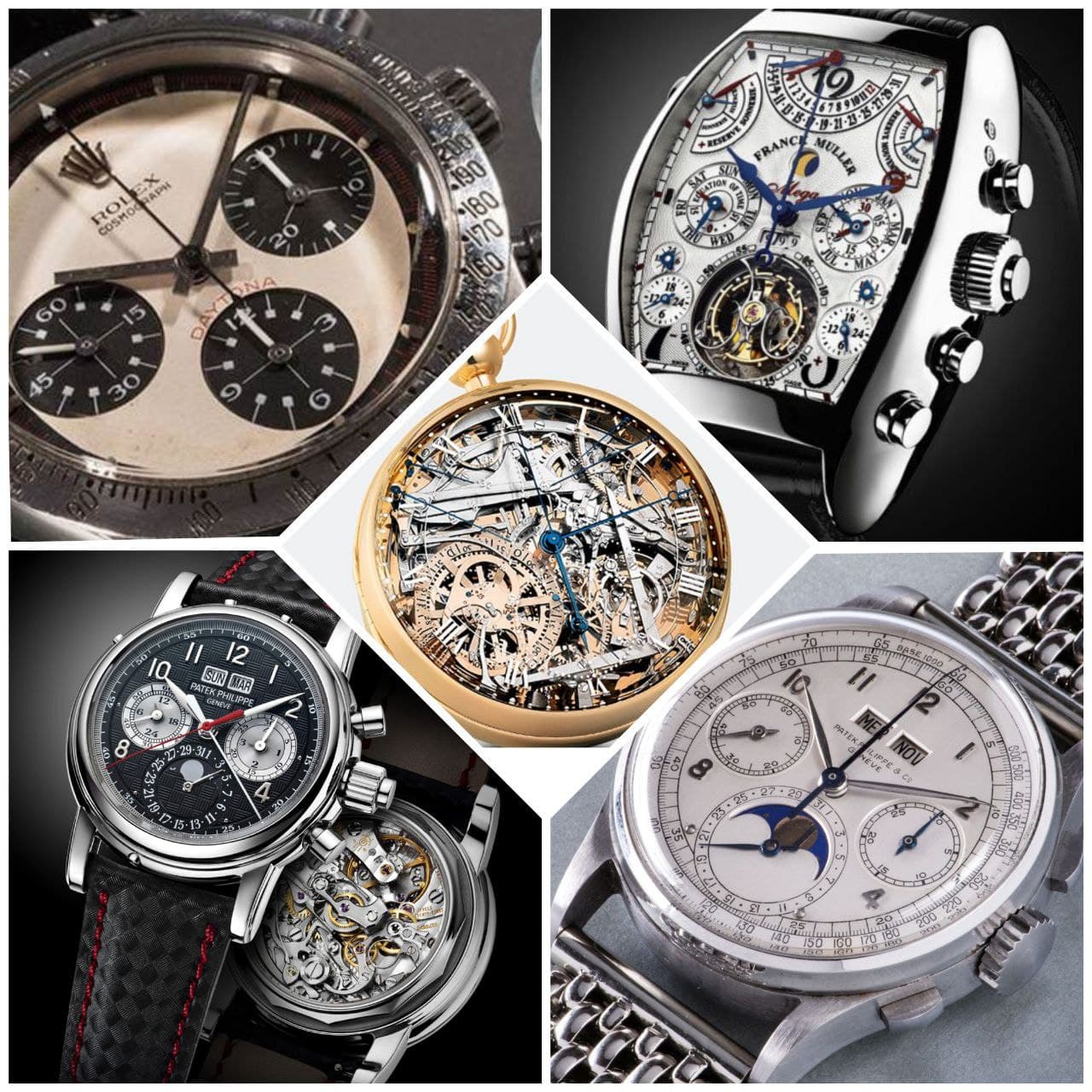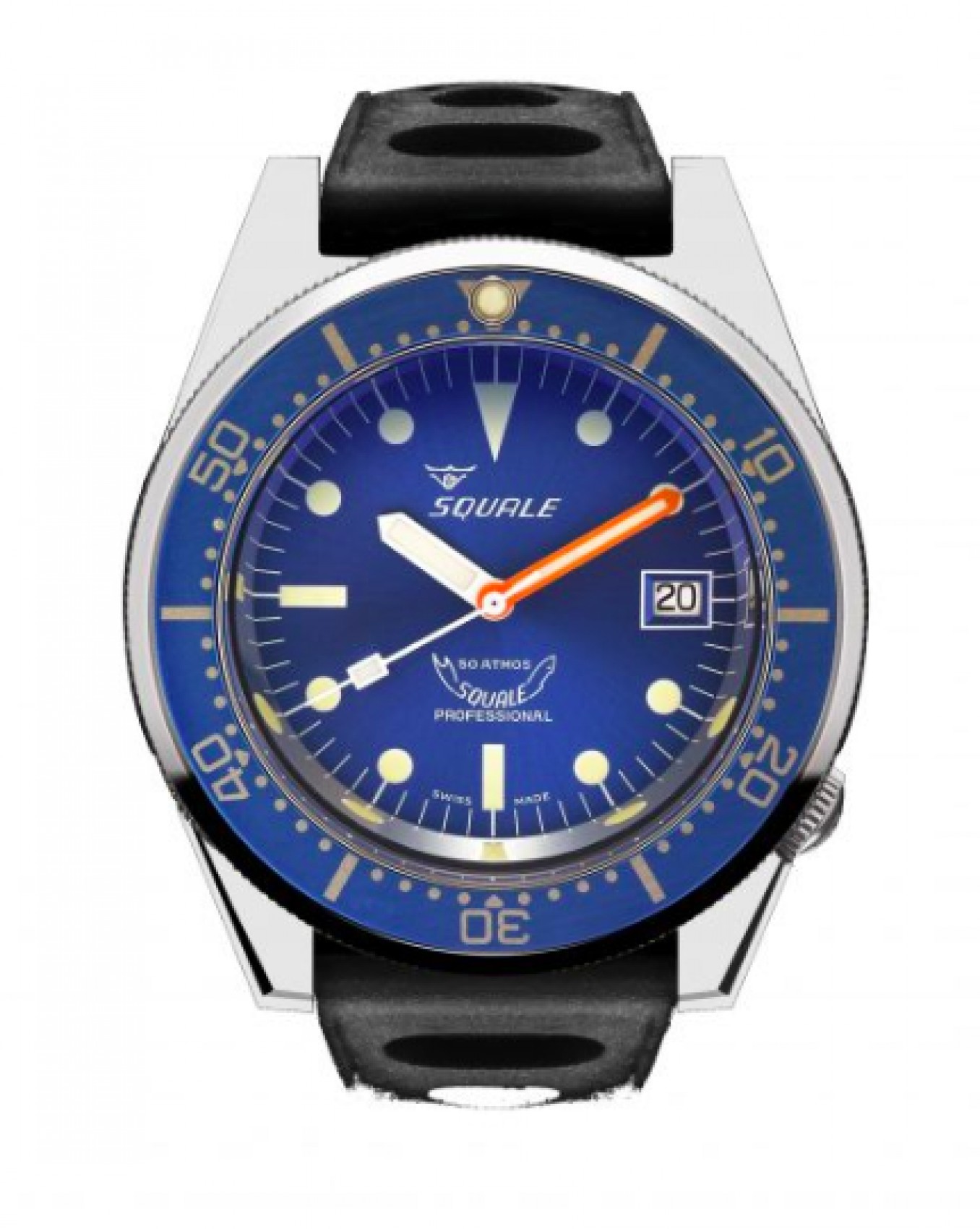Dr. N.
Let's continue our journey into the fascinating world ofRussian and Soviet watchmaking. We have seen how the watches of the USSR they knew how to conquer space. Now is the time to learn how Soviet Bloc timepieces dealt with the ocean depths, discovering a watch that pleasantly surprised me every time I wore it: the Vostok amphibia.
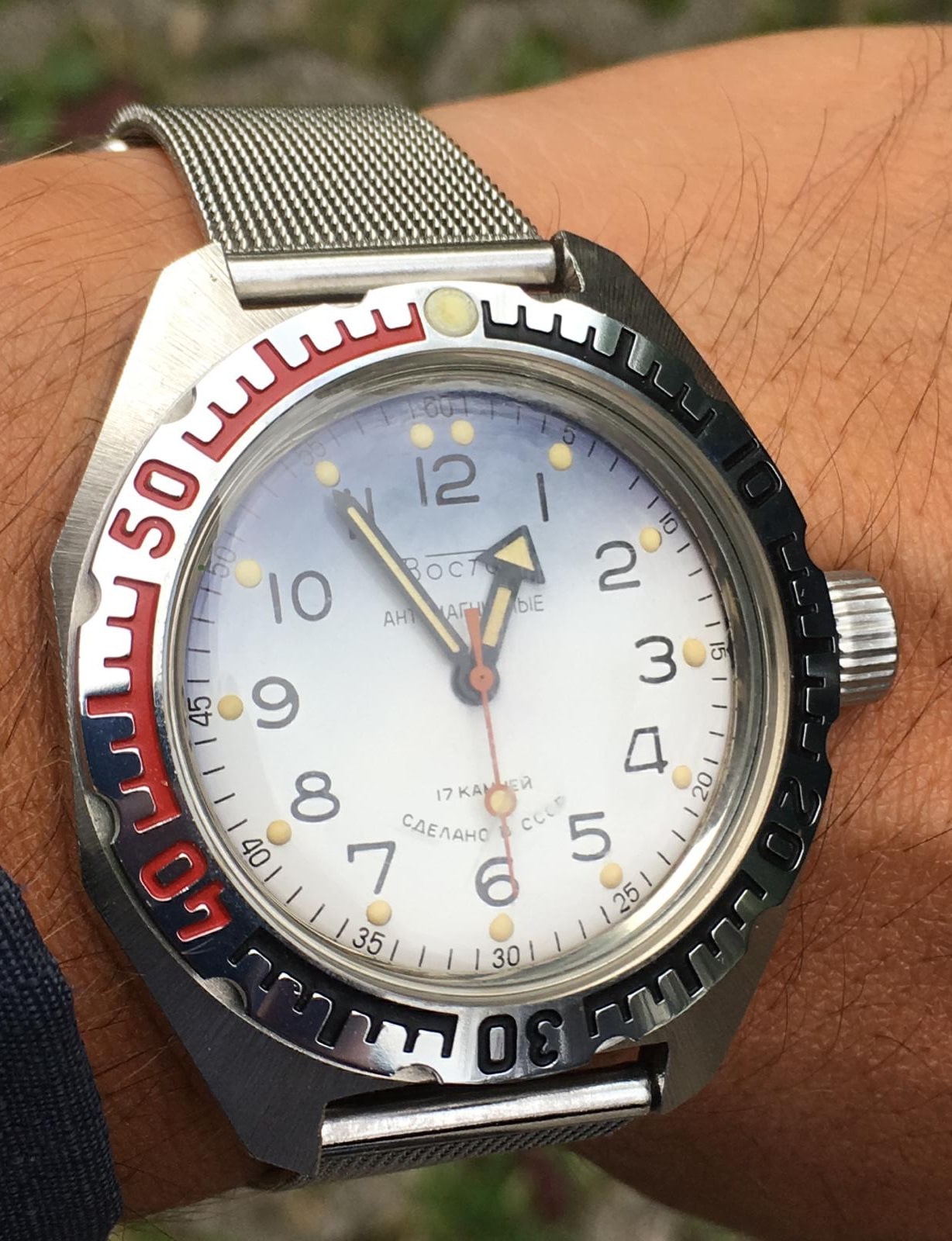
Un Vostok amphibia antimagnetic in cash Albatross from the eighties.
Vostok Amphibia: the origins
We are in the XNUMXs, and the great successes of Swiss watchmaking in the diving sector have already won over diving enthusiasts and professionals. The Blancpain Fifty Fathoms, the Rolex Submariner, the Omega Seamaster and many other famous diver they have already relied on the wrists of civilian and military divers around the world.
The Soviet warship in the 1967s needed to be able to carry out underwater operations in complete safety, with a timepiece capable of functioning perfectly in the submarine context. In XNUMX, new diversionary and anti-diversionary tactics were adopted by the Black Sea Fleet, requiring the use of underwater units in hostile contexts, capable of both attacking enemy targets and protecting their own targets from underwater attacks by others. The intensification of diving activities led to the request to develop a real diving watch, capable of replacing the old and bulky diving instruments already in use in the Soviet Navy. The task of developing it is entrusted to a team led by the two watchmakers Mikhail Novikov e Vera belova, which in 1967 presented their creation: the Vostok amphibia.
Developing a diving watch is not as simple as it appears. The first hypothesis is to acquire technology from western companies, as it is done in the chronograph field: but the Swiss manufacturers do not intend to sell their technology to third parties, as in the XNUMXs the diving watch represented a rather large slice of their sales, thanks also to the popularity guaranteed to this sector by a famous film saga. The idea is therefore to copy Swiss products without a license: but even this path seems difficult to follow, not so much for a matter of copyright - in a socialist country the concept of intellectual property is not particularly felt, as anyone can see by observing the Modern China - as much as for the technical complexity of processing. In fact, Western diving watches almost all share the solution of the screw back to guarantee water resistance. For such a system to guarantee water resistance, it is necessary to make the watch with minimum tolerances, and for this purpose high-precision machinery is required: machinery that the Soviet industry prefers to reserve for the aerospace sector, and which are not easily accessible to manufacturers. of watches.
The problem of machining tolerances is not the only challenge that Novikov e Belova have to face. The Soviet watch industry, up to that point, has not yet made steel cases. All Soviet-made watches are in fact equipped with brass cases, for two reasons: steel is a strategic material to be used in the production of armaments - considered central in the Soviet economy -, and the procedure of molding and finishing the soft brass is simpler than that of steel. The chromed brass case has actually remained out of context diver, the most popular choice for Soviet and Russian watchmaking, precisely because of the cheapness of processing. For the diving watch, however, it is necessary to use steel, which guarantees not to deform due to the strong pressures undergone while diving.
Vostok Amphibia: the technique
Novikov e Belova after many attempts, they find the solution to all technical and production problems.
They make a watch with a two-piece caseback, with a threaded ring that presses against the actual caseback, which rests, not screwed, against the case. This allows you to apply a very wide rubber sealing ring, which compensates for any imperfections in the processing of the back or case. The pressure of the water presses the caseback against the case, increasing impermeability: we are therefore in the presence of a watch whose water resistance is “active”, not “passive” as happens for example in a Rolex Oyster, whose tightness depends only on the tightening of the crown and caseback. A famous example of this “active” waterproofing concept is the Patek Philippe Nautilus, the tightness of which increases with increasing water pressure. Below we see the back of a Vostok Amphibia of current production, in which the threaded ring separated from the actual caseback is clearly visible.
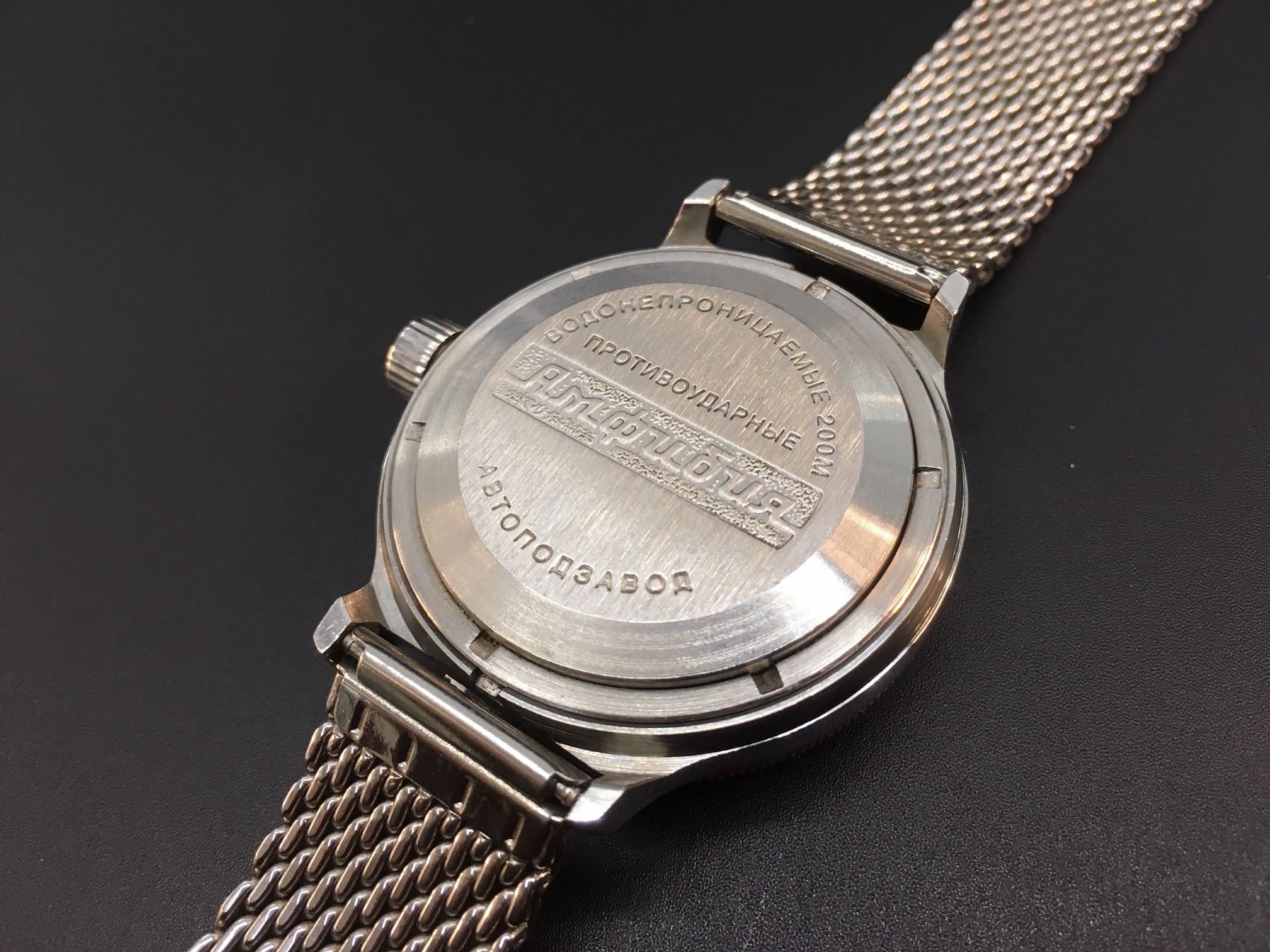
The Cyrillic writing on the caseback - undoubtedly part of the charm of the Vostok - indicates that we are in the presence of a watch whose water resistance is guaranteed up to two hundred meters, equipped with antishock, with automatic winding, and that the model (written in relief on a dotted background) is an “Amfibija”. By the way, the name was chosen to represent the ability of this watch to be equally at home on land and in water.
A note on the rubber gasket located under the caseback: it is not made of normal cast rubber. Since the Amphibia is an "active" waterproof watch, when it is immersed, the gasket is compressed, and this helps to maintain the seal; the problem arises when it re-emerges, and the bottom loosens its pressure on the gasket. It is a critical moment: if the rubber used is of the traditional type, it lacks the elasticity necessary to re-expand perfectly, returning to its original shape without delay, and there is a risk of water infiltration. The solution is found by the Soviet aerospace sector, which developed sintered rubber, a material made by melting a very fine rubber powder, for astronautical use. This material has the elasticity necessary to expand following the pad when the external pressure decreases.
As for the processing of the steel case, the machinery for metal stamping does not allow the creation of a traditional case, with thin lugs, as happens with the softer and more malleable brass: the lugs tend to break during processing, due to of the strong pressure that the machinery places on the steel to form it. Therefore, we opt for a so-called “cushion” shape, which integrates the lugs into the shape of the case, and which later becomes a stylistic figure of the Amphibia. Below we see one of the first Amphibia produced by Vostok.
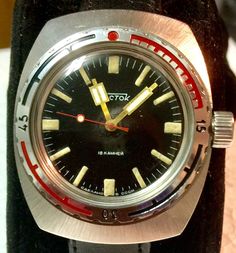
Il glass è plexi, like all watches of the time, and is also adapted for underwater use. It is thicker than the standard one, 3 mm versus conventional 2, and adopts a flattened dome shape that causes it to widen when compressed, forcing it to press against the case and increase tightness. But that's not enough: to adhere perfectly in place, it needs to be sandblasted, so as to make the circumference completely smooth and regular.
The last point from which water risks entering a diving watch is the crown: the solution adopted is to make a screw, as is customary in diving watches, but of a special design. A joint is inserted along the winding spindle, which connects the crown to the movement itself, which releases when the crown is tightened and engages when it is pulled out. This solution prevents the force of the blow from being transmitted to the movement through the winding shaft in the event of lateral collisions against the crown. Since the XNUMXs, this system has also been adopted on the Vostok Komandirskie: so if you own a Vostok and feel the crown "move too much" when you take it out, you don't have to worry. It is a constructive choice, not a defect.
When the watch is completed and tested, it is a success: with the means available to Vostok, more limited than in the West - remember that, apart from sintered rubber, no help is received from the Soviet military complex , the most technologically advanced part of the USSR economy -, Novikov e Belova they manage to make a diving watch capable of operating in the difficult environmental conditions faced by Soviet divers.
Not only are internal tests passed: when the watch is tested by foreign observers, at the request of Vostok the same test protocol is modified, making it more stringent. Thanks to this variation, diving watches today must be capable of to bear also pressureand a column of water that presses in an orthogonal position on the winding crownto. As the Vostok amphibia is able to do.
Over time, the Vostok Amphibia gets updated. New versions are born with different case shapes, such as the octagonal case - known by collectors as “Albatross” - visible in the opening image. Later a new self-winding movement is introduced. The hand-wound Amphibias produced in Soviet times also integrate a soft iron outer casing inside them, which makes them antimagnetic: it will be removed with the transition to automatic winding to make room for the winding rotor. The specimen with the blue dial at the opening is precisely of this type, as evidenced by the “antimagnetic” writing at the top of the dial. I can testify that its accuracy is truly remarkable, within two seconds a day: incidentally, magnetization is one of the major disturbances affecting mechanical movements today, due to the now ubiquitous presence of electronic devices that expose timepieces to fields. electromagnetic. The choice of antimagnetism, made in the days of the USSR to prevent the watch from triggering magnetic-triggered depth mines, evidently has an unexpected positive influence on running accuracy today.
Is Vostok Amphibia for me?
Il Vostok amphibia it is a self-winding mechanical watch, with an in-house manufacturing movement, with water resistance to suit underwater use. Its sporty appearance and small size allow all wrists to wear it. When you buy it, it comes with a molded steel bracelet of not excellent workmanship, which is often preferred to replace with a NATO strap or with a "rice grains" bracelet as I did with the watch pictured below. The best part of the Vostok Amphibia is probably the price: are purchased new between sixty and the eighty euro, trough Internet (Vostok has no dealers in Italy). The reason for such a low cost lies in the fact that this is it an authentic watch vintage, not a modern "homage": the movements, the cases, the bezels, the plexi glass, the 18mm bracelets as it used to be, are all made with machinery in operation since the Soviet era, Chistopol, in Tatarstan, in a socialist-era factory city, located north of the Caspian Sea. The Soviet factory-city model allows for mass production, even with decent quality, at low costs, with the disadvantage of not being able to frequently update the product: to update the production line the entire factory must be stopped.
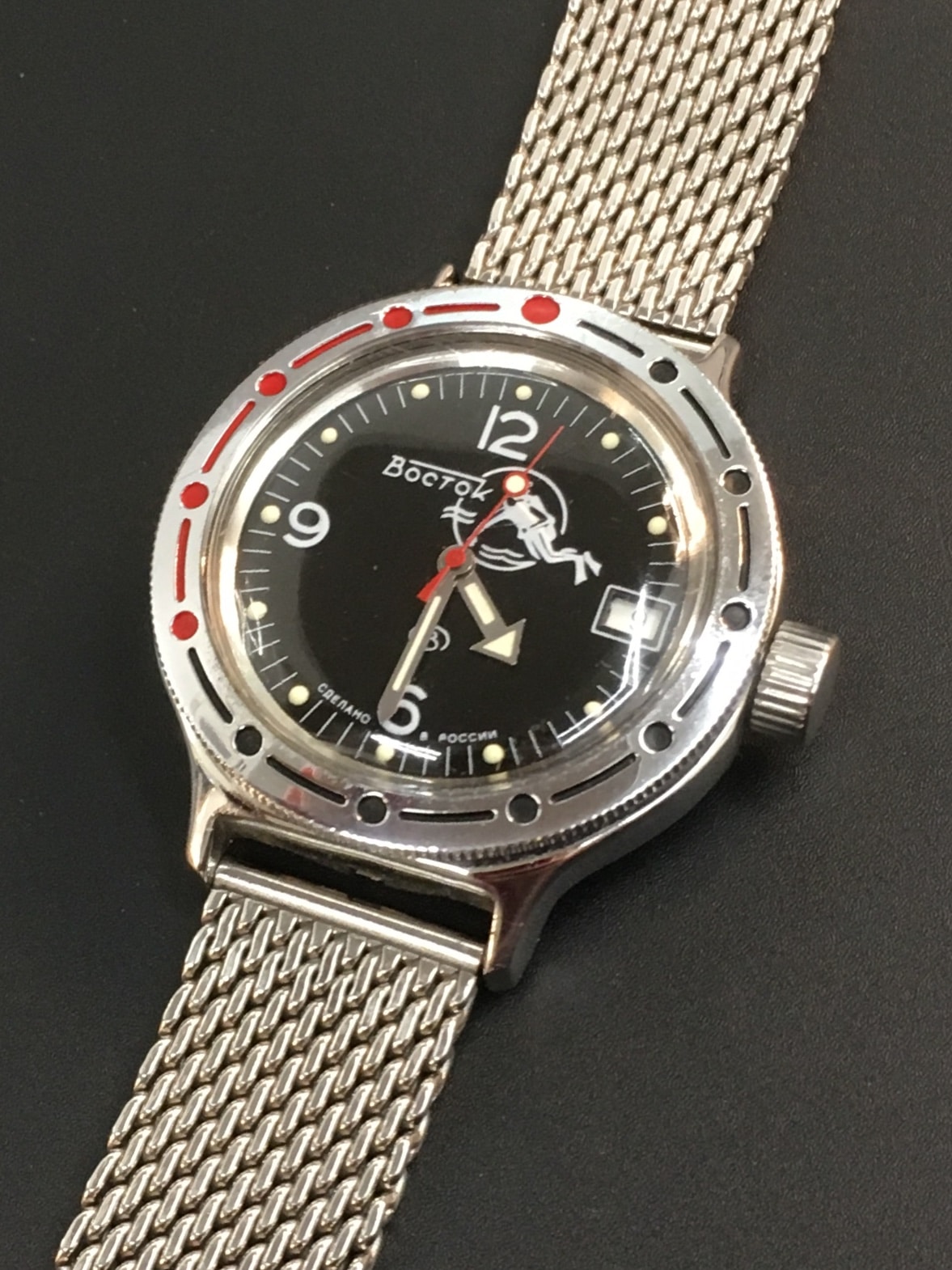
In this photo, mine Vostok Amphibia Frogman on a Vostok "grains of rice" bracelet
Thanks to this production model it is now possible for those of us who love the vintage, to buy a watch from the past, at a lower price than even a used one, without the disadvantage of the unreliability and the need for maintenance that a used watch inevitably brings with it.
Considered the derisory price of the Vostok, we can only recommend to anyone who appreciates vintage, or simply wants to wear something different, but strictly mechanical, to choose the model that best suits him. Personally I found them watches of substance, suitable for any occasion, and able to completely change appearance with a change of strap. Disadvantages? The absence of the quick remittance of the date (I told you it's a true vintage watch, only produced today ...), which forces you to move the hour hand from one in the morning to eight in the evening and then forward from eight to one to trigger the day without having to go around the full briefcase (it's the procedure recommended by the manufacturer, and provided that the watch is fully charged, it does not cause any damage). I do not put plexi glass among the defects: it is true that it is easily scratched, but it would not have the same charm if it had a mineral glass. And the small scratches do not affect the legibility: on the contrary, they give the watch a “worn” look.


